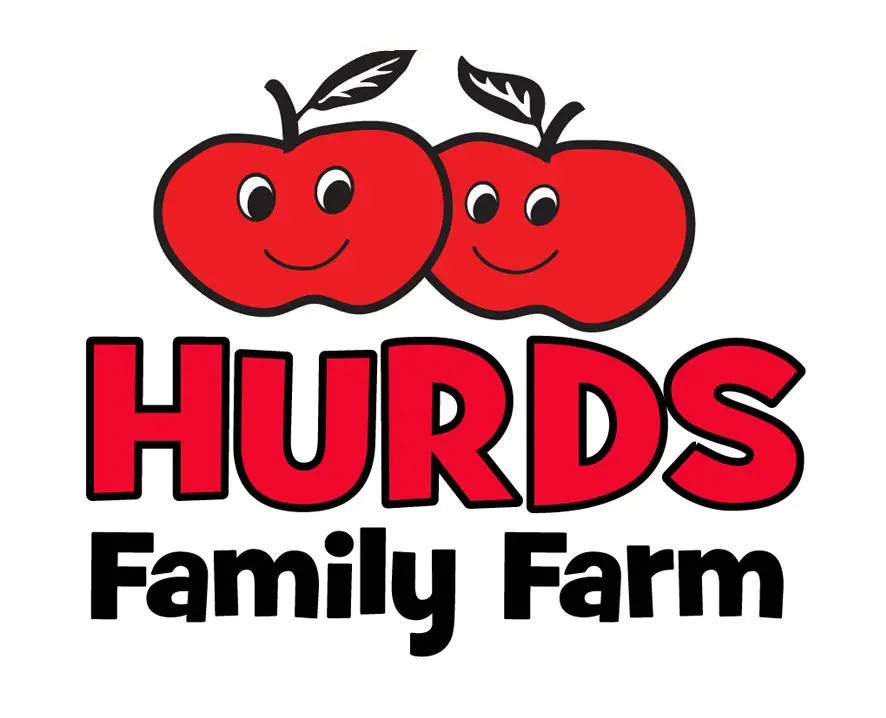How to Use Your Freezer: Tips from 'America's Dinner Mom'
Get can’t-miss family activities sent to you!
Get the Best Family Activities
Repack grocery store items.
To avoid losing texture and flavor, repackage store-bought items promptly (ideally within two hours of purchase, one hour if the temperature is above 90 degrees F), and place them in freezer wraps or bags to ensure secure wrapping. As always, wash hands in hot, soapy water before and after handling raw meat, as well as all utensils, cutting boards, and counters that may have touched raw foods.
If freezing fresh vegetables, it's best to clean them, blanch for two to four minutes, dry, and cut into bite-size or serving-size portions. Blanching simply means dunking the veggies in boiling water for a few seconds and then immediately into ice water to stop the cooking process. This stops enzyme actions that cause loss of flavor, color, texture, and nutrients. It's worth the few extra minutes to blanch, though buying frozen veggies from the get-go is an easy alternative.
Marinate items before you put them in the freezer. When they are in the freezer, the molecules expand, pulling in the flavor.
Learn to "flash freeze."
Items like berries, bananas, peppers, and onions, are great for this. Prep the food (wash, peel if necessary, then cube, dice, or slice); then lay out on a baking sheet and place in your freezer. When solid, place the items in zip-lock baggies, and they're ready to use at will. And you can take advantage of the sale items for use another time. Frozen fruits are perfect for smoothies, yogurt parfaits, muffins. Veggies work for all kinds of main dishes, eggs, or quiches.
A friend of mine takes this one step further and has a baggie just for breakfast tacos/omelets full of peppers, onions, frozen cubed hash brown potatoes, and any pieces of leftover sausage and/or bacon. When needed, she simply warms a small handful of the mix in a sauté pan before adding the eggs...and voila! Instant breakfast tacos or omelets without all the prep. Kids can even use this for microwave eggs, all of which are great for those nights when you decide to do breakfast for dinner.
What NOT to Freeze
- High-water-content vegetables (lettuce, tomatoes, celery, etc.)
- Eggs
- Creamed cottage cheese
- Sour cream
- Potatoes
- Cooked pasta (unless very firm)
- Most spices and extracts
- Cake or pie with custard filling
- Lunch meats
- Mayonnaise
- Sauces thickened with flour or cornstarch, except when used as a binder for other ingredients.
- Light cream (You can freeze milk but it tends to separate; just shake it well when defrosting.)
- Raw vegetables, unless they have been blanched first
Time-Saving Tips
- If you're cooking specifically to freeze something, slightly undercook it, as it will finish cooking once reheated.
- Cool foods before you freeze them. Freezing food when hot will only increase the temperature of the freezer and could cause other foods to start defrosting.
- Always freeze food as quickly as possible to maintain quality and freshness, and freeze items at 0°F or lower for best quality.
- Never re-freeze anything that's been frozen. Even if the food was frozen raw and then cooked, to be extra-safe it still shouldn't be re-frozen. If in doubt, throw it out.
- Whatever you do, don't forget to label - this is key.
- If you pull out a meal from your freezer and don't like the look of it, despite the recent date on it, toss it. Again, when in doubt, throw it out.
- Remember the pantry rule: First in, first out.
- Defrost frozen ground meat in the fridge first. Ideally, take it out the night before you plan to serve it. As a general rule, placing food on the counter for a few hours to defrost at room temperature is okay.
Also see: How to Have Better Dinner Conversations with Your Family
Healthy After-School Snacks for Kids








